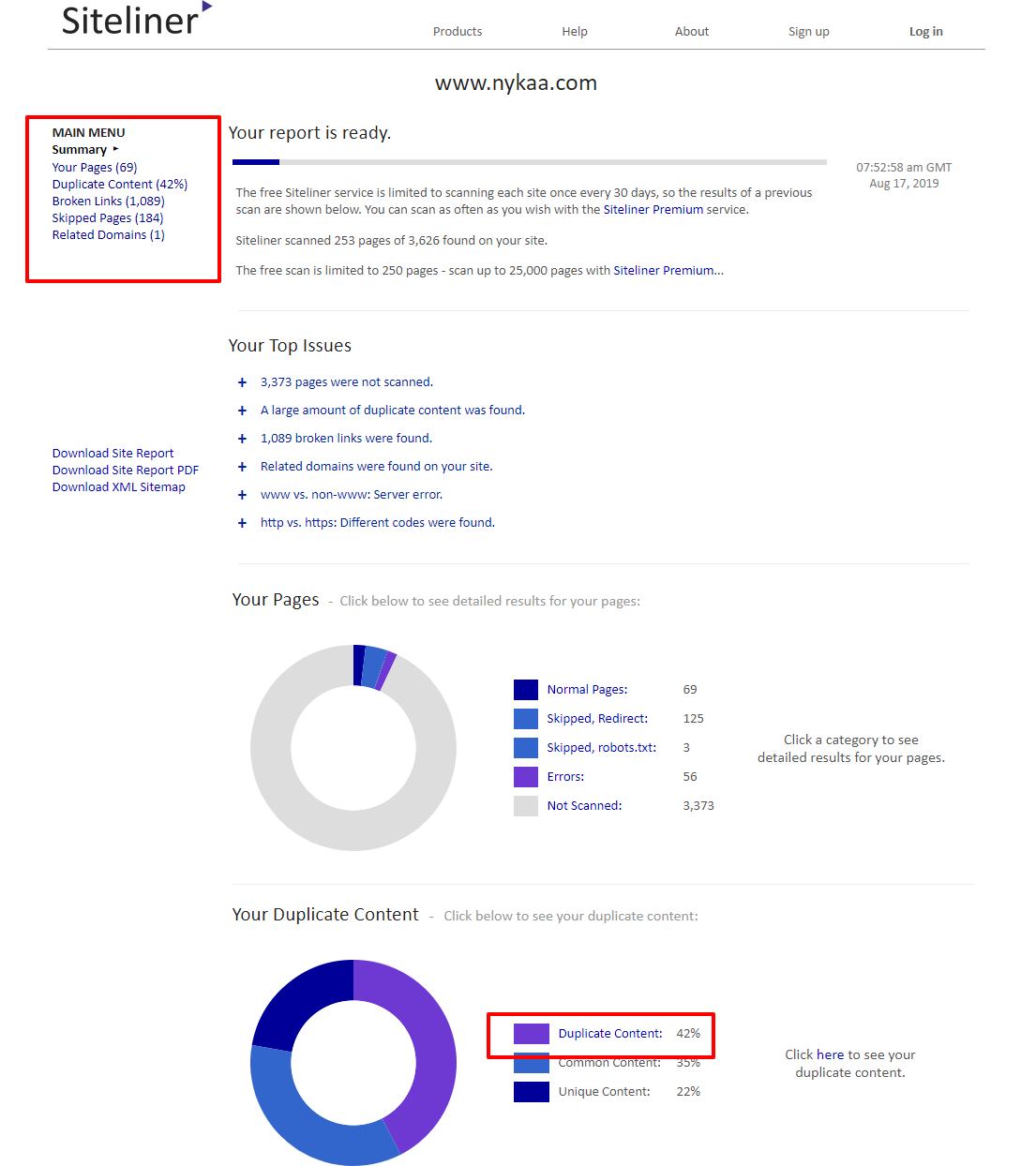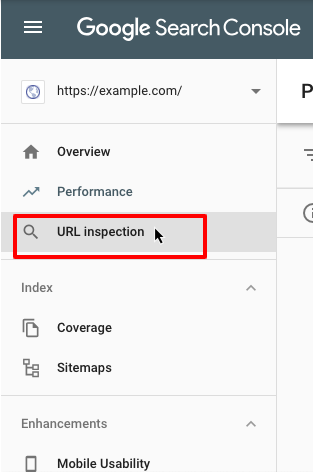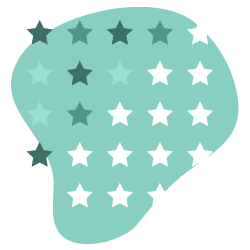The internet is full of duplicate content. At times, content is deliberately tweaked with the objective of tricking search engine algorithms and boosting the site’s ranking. Such deceptive content practices result in poor user experience (UX), causing search engines like Google to penalize such websites with a poor online ranking.
Moreover, amidst the sea of duplicate content, the search engine crawlers miss out on original content, diluting the site’s online ranking. Even if the webpage content ranks, search crawlers may pick the wrong URL as the original one. Thus, duplicate content that’s deceptive in origin can cause several SEO issues.
But Google treats duplicate content differently compared to copied or deceptive content.

A lot of duplicate content happens accidentally or due to faulty technical implementation. For instance, if your site is available on HTTP and HTTPS at the same time, it could confuse Google. Canonicalization is the answer to such SEO issues as it helps control the duplicate content on your web pages.
Dive in to learn what canonical tags are all about and how you can use them to improve your site’s SEO.
[Case Study] Driving growth in new markets with on-page SEO
What Are Canonical URLs?
Google’s primary aim is to offer the best and relevant content to its users. Also, it strives to give due credit to the original content creator. Consequently, Google’s algorithm is designed to penalize sites that steal content or do not post fresh content. Hence, if your site has different pages with largely identical content or a single page is accessible through multiple URLs, Google may treat it as duplicate, attracting penalties.
Check out these URLs, for instance. Each of them points to the homepage of the website, customized coffee mugs but each URL is somewhat different. This can confuse search engines, causing them to choose any URL algorithmically and crawl that page. The other URLs will be seen as a page with duplicate content.

Hence, it is critical to specify which URL you want the search engine to consider as original and authoritative.
A canonical tag (HTML link tags with attribute rel=“canonical”) helps webmasters consolidate duplicate content for search engines. A canonical tag tells search engines that the content on a specific page URL is authentic, thereby reducing the risk of being penalized for duplicate content or self-plagiarism. If you have identical pages for mobile and desktop versions and do not tell the search engine which URL is canonical, the search crawlers will make a choice of the canonical version and crawl that to rank it in result pages.
Hence, it is wise to use canonicalization to indicate your preferred URL to search engines, informing them to index that specific page and boost your site’s ranking.

Check out this video in which Google’s John Mueller clarifies how Google uses a canonical URL to distinguish it from all the duplicate variants.
When to Use Canonicalization?
Since canonical tags specify the “preferred” version of a webpage to search engines, it helps website owners prevent duplicate content issues and improve the site’s ranking. Therefore, it’s appropriate to use canonical tags in cases of multiple URLs, alternative URLs, mobile-specific URLs (AMP pages), permalinks, and location-specific URLs.
Here are a few scenarios where webmasters can use canonicalization to guide search engines and improve their chances of being ranked higher.
- Blogs and Websites Reposting Old Content
If your site offers evergreen content or is a part of a franchise, you may have to repost old articles or share content that’s published on the main website. Add a canonical tag to such reposts to direct search crawlers to the original site. This will tell the search engine that you aren’t merely copying the content and protect you from being penalized.
- Ecommerce Sites Using Multiple URL Variations
Ecommerce sites often set separate hierarchies and URLs for their product range and change them often as per the need. For instance, an online cosmetic store may have a special section for lip care and later split it into lipsticks and lip balms or lip liners and moisturizers. The URLs for these pages will change even though the content by far is the same, thereby confusing search engines. Canonical tags can be used to direct search engines to the preferred pages.
- Syndicating Blog Content
Blog content syndication helps marketers boost brand awareness and offers quality content to publishing websites. However, since syndicated content is spread across various websites, it can be tough for Google or any other search engine to determine the original content source. By deploying canonical tags, webmasters can easily share high-quality content without having to worry about their SEO performance.
Most reputed content publishing platforms like Medium use the canonical tag to give due credit to their content contributors.
- A/B Testing Webpages
Most digital marketers use A/B testing to assess the usability of a website. While doing so, the search engine crawlers may crawl both the pages, leading to confusion. Using canonical tags can help in such cases.
- Accidental Duplication of Content on Your Site
Canonical tags can be used in the following situations when duplicate content is created unintentionally.
- The website has pages with separate HTTP and HTTPS or www and non-www versions
- Some other website has scraped and reused your content
- You have used the same meta descriptions and titles for multiple pages on your website
- Your website is encountering technical SEO issues like pagination problems or has several versions of printable and text-only webpages
How to Set a Canonical URL for Your Website
To begin with, you can manually review your website to note down the URLs that seem to have identical content like main copy, images, or headings. Use the Dupli Checker or Siteliner tool to point out to duplicate content on your website.
Check out how the tool Siteliner clearly offers a summary of the duplicate content on Nykaa’s website. The online beauty products store has 42 percent duplicate content, as is the case with most ecommerce websites.

Let’s consider the same example of customized coffee mugs. Let’s assume you have two versions of the product page carrying identical content.
https://customizedcoffeemugs.com/gifts/personalizedgift/
https://customizedcoffeemugs.com/gifts/photogifts/
The only thing that’s different is that these pages are in separate sections of your website. Since the content on these URLs is valuable, both have been linked to several other websites. Here’s how you can apply the attribute ‘rel=canonical.’
- Select one of the URLs (which you think is important) as the canonical version. If you are unable to decide, choose the one that enjoys most links and traffic.
- Add the attribute ‘rel=canonical’ to all of the pages with identical content and indicate the selected URL, as shown below. Typically, this tag is added directly to the HTML in the section of a website. <link rel=“canonical” href=“https://customizedcoffeemugs.com/gifts/photogifts/”/> (In this case, ‘https://customizedcoffeemugs.com/gifts/photogifts/’ is the URL you selected as the most important.)
- Finally, when inspecting the URL in the new Google Search Console, site owners can see which one is selected by Google as the canonical for that page. So, the page selected by Google may or may not be the one with the rel=canonical markup.
Use the new ‘Inspect URL’ tool that offers ‘Fetch as Google’ capabilities, enabling you to select the preferred canonical URL and shares information, such as HTTP headers and page resources. You can request a canonical URL to be indexed by Google by clicking on the ‘Request indexing’ tab on the inspection result page for the URL.

If your website is powered by WordPress, canonical tags can be added using a host of plugins. Check out how Yoast SEO offers an option for users to add the canonical URL.

Summing Up
Using canonical tags for your webpages is a great way to let search engines know where your content is coming from and determine its authenticity. Thus, canonicalization can help webmasters prove that their website is trustworthy and unique, thereby improving their online ranking.
Leverage the power of canonicalization by using the information shared in this post and help your pages perform well in search results.
